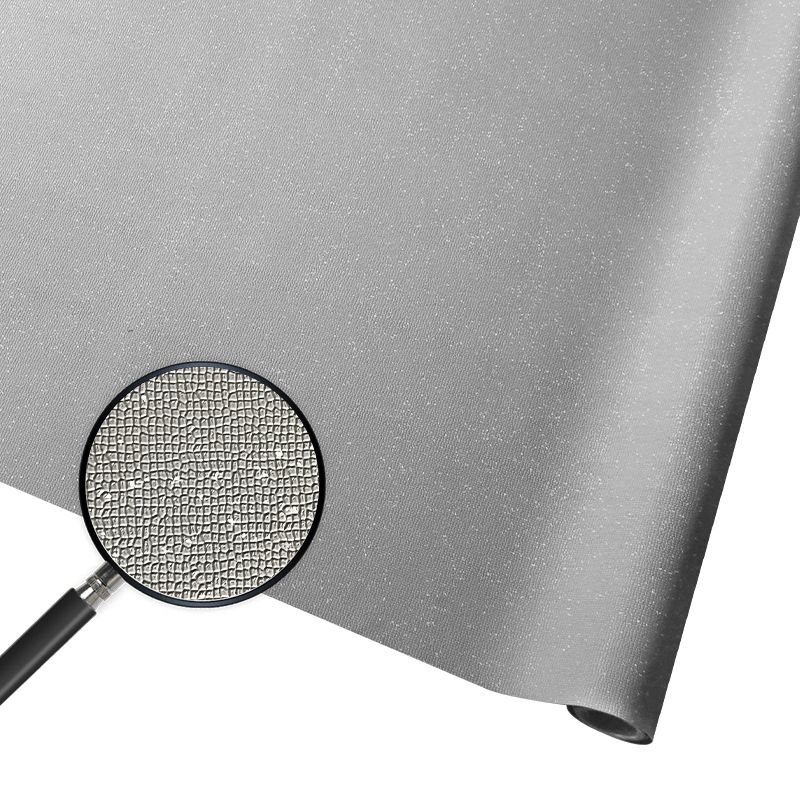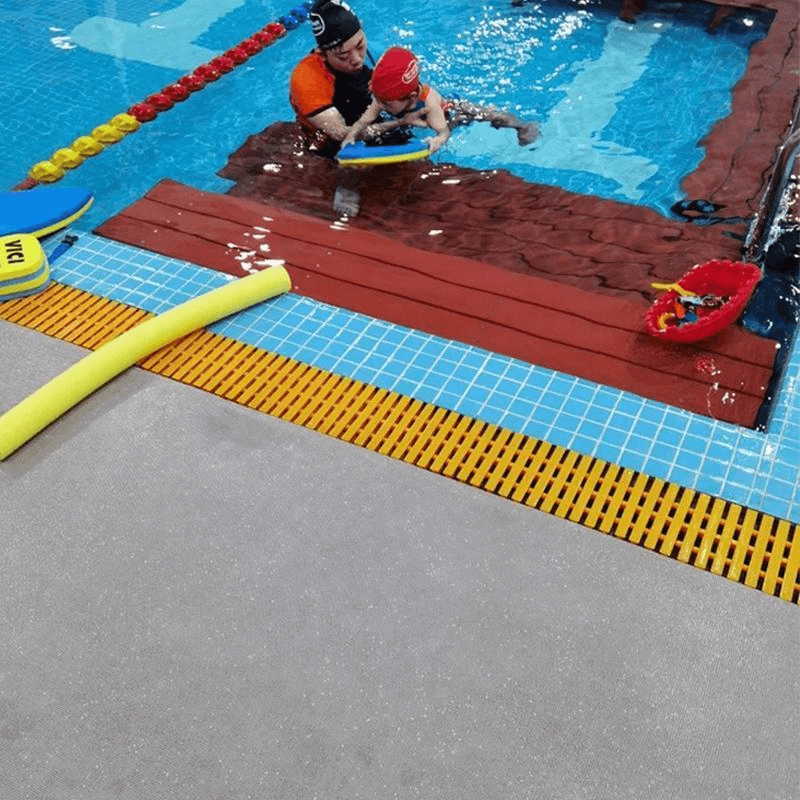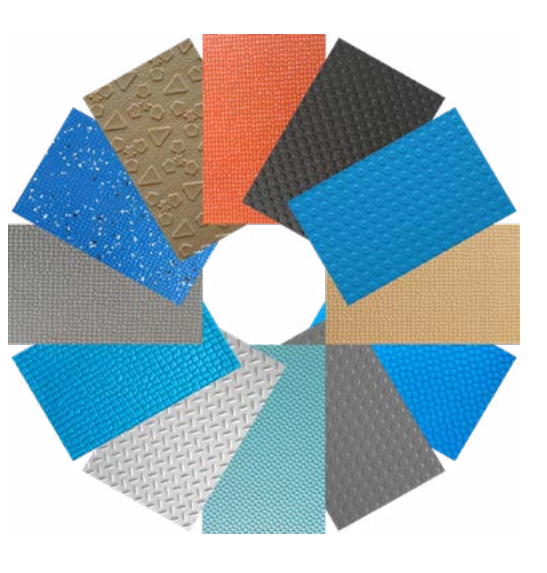Anti-slip PVC flooring is a popular choice for many spaces due to its ability to reduce falls and slips, especially in environments where water or other liquids may accumulate. However, with so many types of non-slip PVC flooring on the market, it can be a challenge to tell if it is actually non-slip. In this article, we discuss whether the anti-slip PVC floor is really anti-slip, how to identify the non-slip property of PVC flooring, and the application of the anti-slip PVC floor.
Is anti-slip PVC flooring really non-slip?
The slip resistance of PVC flooring depends on several factors such as the texture, thickness and overall quality of the material. While many manufacturers claim that their non-slip PVC flooring are slip-resistant, this may not always be the case in certain circumstances.


For example, anti-slip PVC flooring designed for commercial kitchens and bathrooms needs to have a higher level of slip resistance than floors used in residential buildings. In this regard, it is not enough to rely solely on what the manufacturer or supplier says. To determine whether the non-slip PVC flooring is non-slip, it is necessary to test the performance of the material in the use environment.
How to distinguish the slip resistance of PVC floor
There are several ways to determine the slip resistance of PVC flooring. A more common method is to use a pendulum slip tester, which measures the slip resistance of a surface by simulating a heel hitting the surface at an angle. The test helps determine a material's coefficient of friction, which is a measure of its slip resistance.
In general, the higher the coefficient of friction, the more slip-resistant the flooring material will be. However, in commercial and industrial environments where spills and moisture are more prevalent, the necessary coefficient of friction may be higher.
Another way is to consider the pattern or texture of the non-slip PVC flooring. Compared to smooth surfaces, textured surfaces have a higher coefficient of friction, making them more slip-resistant. Care must be taken that the grain or pattern must be uniform throughout the material to ensure consistent slip resistance.

Application of non-slip PVC flooring
non-slip PVC flooring is widely used in commercial and industrial environments where safety is paramount. In addition to kitchens and bathrooms, it is also commonly used in public places such as hospitals, schools, elderly care facilities, and swimming pools.
The choice of non-slip PVC flooring depends on the use environment. For example, a commercial kitchen may require a higher level of slip resistance than a residential bathroom. Therefore, it is necessary to choose the appropriate thickness and texture of material to ensure the best slip resistance.
Chayo non-slip PVC flooring
Chayo is a company specializing in the research and development of non-slip PVC flooring. The products we develop focus on anti-slip and safety, and the static friction coefficient reaches 0.61. Suitable for different environments, our PVC flooring provide optimum slip resistance while maintaining a durable and easy-to-maintain surface.
In summary, non-slip PVC flooring can provide an effective solution to slips and falls in commercial and industrial environments, but it is crucial to determine its anti-slip properties before installation. Factors such as texture, thickness, slip resistance and application must be considered when choosing the right non-slip PVC flooring for your needs. At Chayo, we are committed to providing quality PVC flooring that provides optimum safety and slip resistance no matter the application.
Post time: May-12-2023
